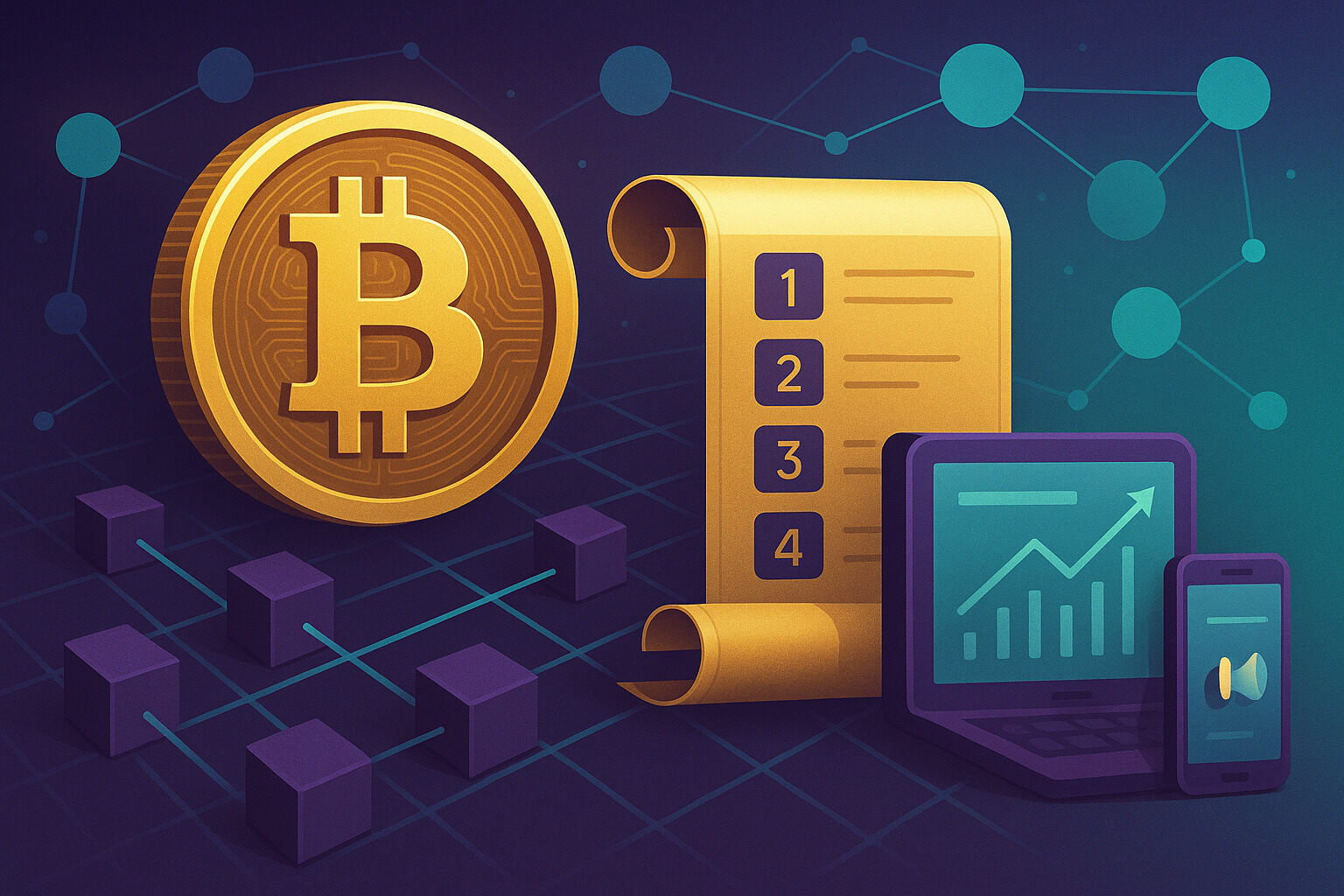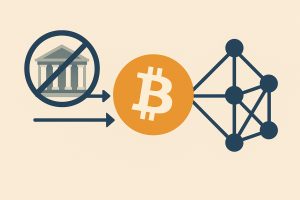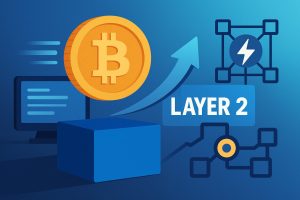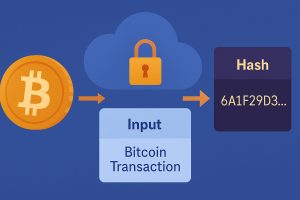Understanding the Basics of Ordinals on Bitcoin
Ordinals bring a new layer of meaning to Bitcoin by assigning unique identities to individual satoshis—the smallest unit of BTC. Through a method called “inscription,” each satoshi can now carry data, such as images, text, or code. This process has turned Bitcoin into more than just a currency; it’s becoming a platform for digital collectibles.
This idea comes from ordinal theory, which numbers each satoshi in the order it’s mined. Unlike Ethereum NFTs that live on separate smart contracts, Bitcoin ordinals embed data directly into the blockchain. That permanence has intrigued developers, collectors, and artists.
The innovation is subtle but impactful. It works within Bitcoin’s existing protocol without changing consensus rules. By staying compatible with the base chain, ordinals build on the original strengths of Bitcoin while adding a new use case.
How Inscriptions Differ From Traditional NFTs
Bitcoin ordinals have quickly been compared to NFTs, but there are meaningful differences in how they function. While Ethereum NFTs typically store metadata off-chain and link to external files, ordinals keep everything on-chain. That means the image or data isn’t just referenced—it lives inside the Bitcoin blockchain itself.
This full inclusion offers durability. If a website hosting NFT metadata disappears, many Ethereum NFTs lose their context. With ordinals, even if all third-party services vanish, the content remains intact on-chain for anyone running a node to access.
This approach offers a raw, minimal style that appeals to Bitcoin purists. It reduces dependency on outside systems and keeps everything secured by Bitcoin’s time-tested network. As a result, ordinals offer a leaner, more native feel that’s gaining traction fast.
Why Artists and Creators Are Exploring Ordinals
Creative communities have always looked for ways to place their work in meaningful spaces. Ordinals provide a way for digital art to exist within Bitcoin’s history—etched into blocks that reflect time and permanence. That idea alone has captured the imagination of many.
One early example was the release of simple pixel art collections directly inscribed into satoshis. These pieces weren’t flashy, but their presence on the Bitcoin chain made them instantly unique. For artists, it’s like carving into digital stone rather than painting on a website.
This permanence offers more than novelty. It creates legacy. Unlike traditional content platforms, where files can be deleted or lost, ordinals carry the promise of staying alive as long as Bitcoin itself does.
The Technical Process Behind an Ordinal Inscription
The process of creating an ordinal starts with choosing a satoshi and preparing the content to inscribe. That content must stay within the limits of Bitcoin’s block size—currently around 4MB. Most inscriptions are much smaller, often simple files or compressed images.
Next, the content is added using a special format within a Bitcoin transaction. This doesn’t require changing Bitcoin’s rules but uses features enabled by Taproot, a recent protocol upgrade. Once confirmed, the data is part of the blockchain forever.
Developers use custom tools and wallets that support ordinal tracking. These systems help manage the data, label satoshis, and create explorer tools. As this space grows, more user-friendly platforms are emerging to make it easier for newcomers to participate.
How Ordinals Impact Bitcoin’s Network and Storage
Each ordinal inscription adds extra data to Bitcoin’s blockchain. While this data doesn’t interfere with normal transactions, it does take up space. Over time, the increased volume can lead to larger blocks and more strain on node storage.
Some Bitcoin users have raised concerns about this impact. They argue that Bitcoin was meant to carry financial data only. Others believe that the blockchain should remain open to all valid uses, as long as it follows the rules.
There’s no clear answer yet. As inscriptions grow in number, the community continues to debate how to balance creativity with long-term scalability. For now, the ability to inscribe data remains available and popular.
Marketplaces and Ecosystems Emerging Around Ordinals
The rise of ordinals has sparked a wave of new projects, tools, and marketplaces built specifically for this format. These platforms allow users to mint, buy, and sell inscriptions, track trends, and manage their ordinal collections.
Unlike established NFT platforms, these marketplaces often feel experimental. They rely on early software and custom solutions. But that hasn’t stopped collectors and creators from joining in. The excitement around ordinals has drawn crowds eager to secure rare satoshis.
Some platforms have started indexing specific types of ordinal projects—art collections, memes, or poetry. This helps organize the space and gives collectors clearer options. As the market matures, these tools are expected to grow in both reach and stability.
Comparing Storage Tradeoffs on Bitcoin vs Other Chains
Bitcoin prioritizes security and simplicity. That makes it a very different environment for hosting digital content compared to smart contract blockchains like Ethereum or Solana. The tradeoff is between permanence and flexibility.
On Bitcoin, once data is inscribed, it can’t be changed or removed. That guarantees durability but also means mistakes are permanent. On Ethereum, metadata can point to dynamic URLs or adjustable settings, offering more room for change.
This contrast affects how users approach content creation. Those who value immutability above all may favor ordinals. Others might prefer the interactivity and design possibilities offered by other blockchains. The key is matching the right project to the right platform.
Ordinals and the Broader Discussion About Bitcoin’s Use
Bitcoin has long been viewed as digital gold—secure, fixed, and simple. Ordinals challenge that image by introducing a creative layer that goes beyond payments. This has started new conversations within the community about Bitcoin’s purpose.
Some believe that Bitcoin should remain solely a financial system, while others welcome the artistic and archival uses enabled by ordinals, made possible through advancements like the Taproot Upgrade. These discussions go beyond technical points—they touch on Bitcoin’s culture and identity.
This divide isn’t new. Bitcoin has seen past debates about scaling, forks, and innovation. Ordinals are simply the latest point of tension and creativity. Whether embraced or questioned, they’ve sparked fresh energy and attention.
Challenges and Limitations for Long-Term Use
Despite the excitement, ordinals still face hurdles. Inscription tools are still evolving, and user experience can be rough. Most interactions require command-line knowledge or custom software, which limits wider adoption.
There’s also the issue of scaling. As more people inscribe data, storage demands grow. Not all node operators may want to carry this extra weight, especially if it becomes bloated. This could influence how node infrastructure is built and funded.
Then there’s the question of purpose. Are ordinals a fun experiment or a lasting shift? Only time will answer that. What’s clear is that their presence forces the Bitcoin community to rethink the chain’s potential in new and creative ways.
Where Ordinals Might Lead Bitcoin Next
The introduction of ordinals has brought new users, ideas, and energy to the Bitcoin space. While the format may evolve, the core idea of embedding meaning into the chain has already made a mark. Developers are building new protocols, indexes, and even marketplaces to support it.
Bitcoin’s future may now include more than just finance. It might also serve as a gallery, archive, or message board—each satoshi a small piece of digital history. That idea changes how people look at value and permanence.
The lasting impact of ordinals will depend on the community’s response. But whatever direction it takes, this chapter shows that Bitcoin is still growing—not just in price or users, but in purpose and personality.
















No Responses